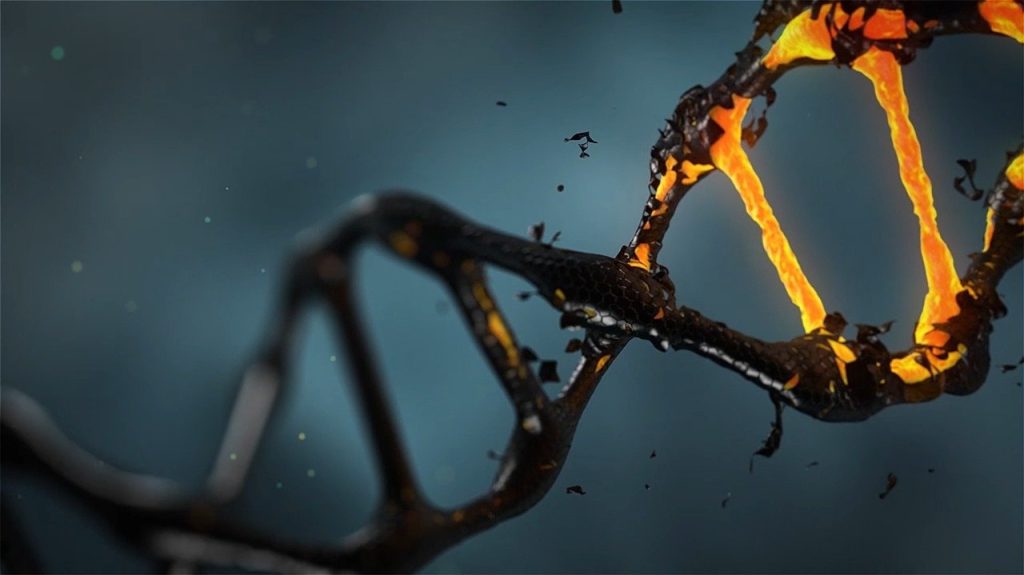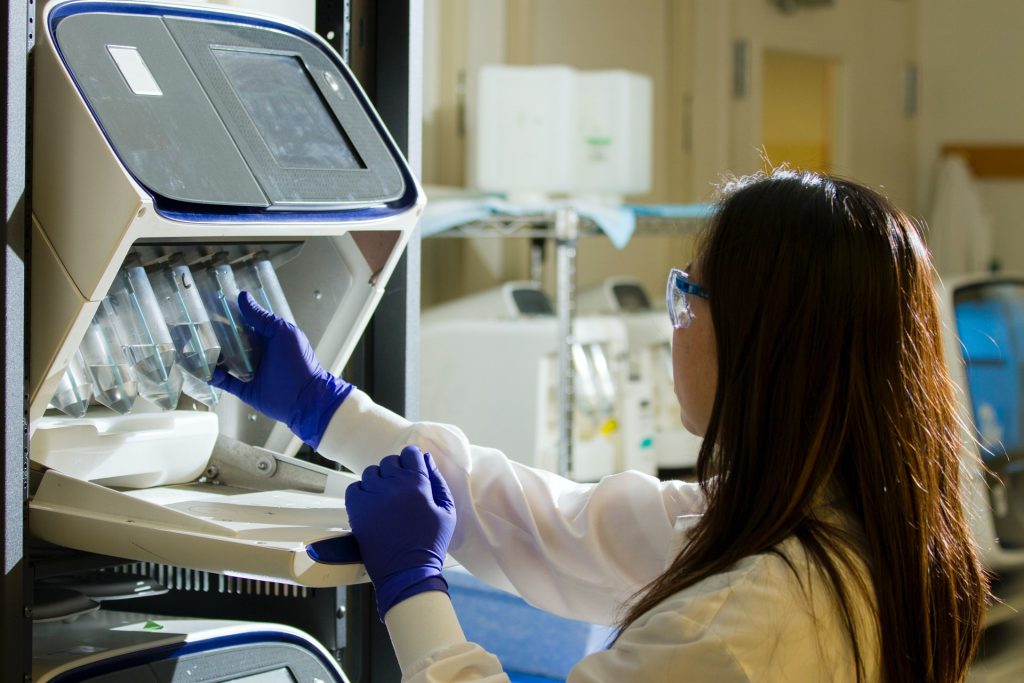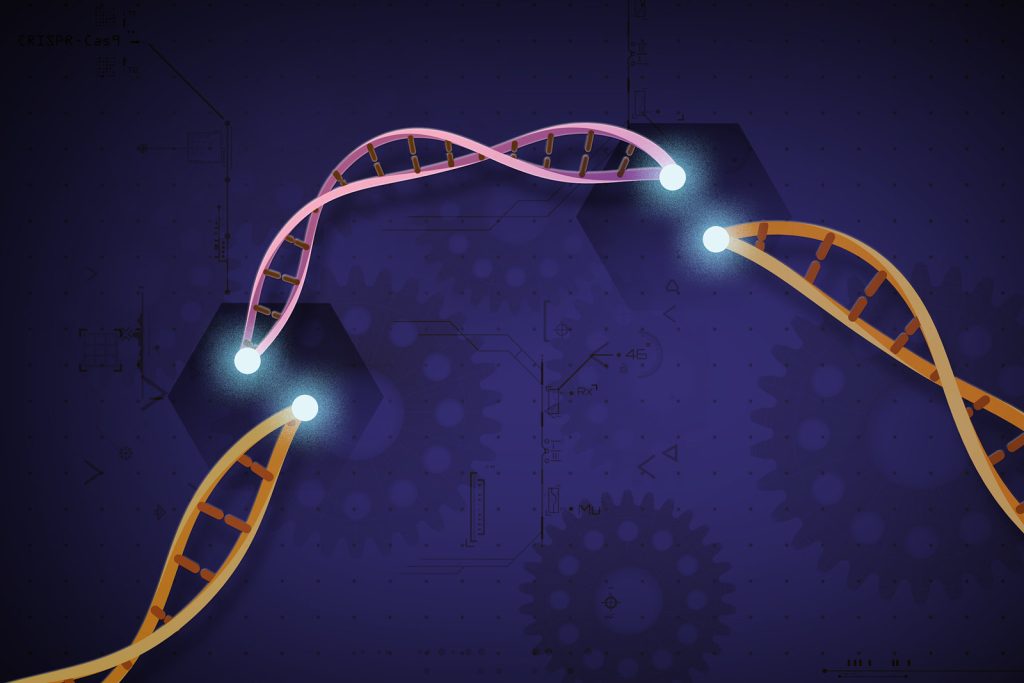Polygenic Risk Scores are not That Useful, Study Finds

Polygenic risk scores, which estimate a person’s disease risk based on thousands or millions of common genetic variants, perform poorly in screening and prediction of common diseases such as heart disease, according to a new study led by UCL (University College London) researchers. An extremely high number of individuals would need to be screened for each potential intervention, creating a significant burden on healthcare, while producing numerous false positive results.
It has been claimed that polygenic risk scores are set to transform the prediction and prevention of common diseases, with companies already set up to sell polygenic risk score testing services.
The new study, published in BMJ Medicine, examined 926 polygenic risk scores for 310 diseases. It found that, on average, only 11% of individuals who develop disease are identified, while at the same time 5% of people who do not develop the disease test positive. Unaffected people usually outnumber those affected which results in far more false than true positive predictions.
Lead author Professor Aroon Hingorani said: “Strong claims have been made about the potential of polygenic risk scores in medicine, but our study shows that this is not justified.
“We found that, when held to the same standards as employed for other tests in medicine, polygenic risk scores performed poorly for prediction and screening across a range of common diseases.”
For the new study, researchers looked at data available in an open-access database, the Polygenic Score Catalog, to determine what the detection rate and false positive rate of the scores would be if used in screening.
For breast cancer and coronary artery disease, the risk scores identified only 10% and 12% of eventual cases respectively, using a cut-off that resulted in 5% of unaffected individuals testing positive.
The researchers also investigated how polygenic risk scores would perform if used alongside conventional screening methods.
They found that, if used alongside conventional risk factors, several thousand people would need to have a polygenic risk score done to guide statin prescriptions to prevent one additional heart attack or stroke. The researchers noted that using age alone as a guide to statin prescription would be simpler and more effective at preventing heart attacks and strokes without the need for genetic testing.
They also found that adding polygenic risk scores as first stage screening to determine who should be prioritised for mammography would miss most women who later develop breast cancer and generate many false positives, adding to the burden on healthcare systems.
Co-author Professor Sir Nicholas Wald said: “It has been suggested that polygenic risk scores could be introduced early on to help prevent breast cancer and heart disease but, in the examples we looked at, we found that the scores contributed little, if any, health benefit while adding cost and complexity.”
In the paper, the researchers suggest regulation of commercial genetic tests based on polygenic risk scores to “protect the public from unrealistic expectations and already stretched public health systems from becoming overburdened by the management of false positive results”.
The researchers said consumers of commercial polygenic risk score tests should be informed of the detection rate and false positive rate of the polygenic risk scores as well as the absolute risk with and without a polygenic score result so they can better judge whether the test is useful.
Co-author Dr Jasmine Gratton said: “Polygenic risk scores seem attractive because genotyping is now inexpensive, the same for all diseases and is performed only once because a person’s genotype does not change. However, these features are irrelevant if the test is not useful.”
Professor Sir Nick Wald said: “Our results build on evidence that indicates that polygenic risk scores do not have a role in public health screening programmes.”
The researchers said the performance of polygenic risk scores was unlikely to change much as the variants with the strongest effect had already been identified.
Polygenic risk scores should not be confused with genetic testing for certain single gene mutations such as BRCA1 and BRCA2 which have an important role in screening for breast and ovarian cancer.
Discovering variants that are associated with a higher risk of disease is still crucial for drug development, the team emphasised, as the variants encode proteins that can be targeted with drugs that would be useful for everyone regardless of their genetic makeup.
Polygenic risk score testing is also one of the aims of the UK’s nationwide Our Future Health project.
Source: EurekAlert!










